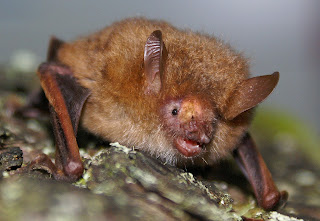If you live in Taipei, one of the remotest parts of Taiwan is Taitung
County. There are more scheduled flights per day to the Matsu islands
(nine) than to Taitung (six to eight), and the flying time is a full
hour, compared with 50 minutes to Matsu. Driving to Taitung takes a
whole day, and there are no direct buses. The fastest of the 14 or so
daily trains from the capital takes four hours, 40 minutes to reach
Taitung City, although quicker service should be possible by the end of
this year when the route is fully electrified and double-tracked.
Getting
to Taitung, in other words, is either time-consuming or expensive.
Flying a party of four there and back costs around NT$16,000; one-way
tickets on Tze-Chiang express trains are NT$785 each. The expense and
inconvenience are probably the main reasons why, even though tourism is
of growing importance to the county, Taitung receives relatively few
visitors compared with other parts of the country.
According to
Tourism Bureau statistics, just over 94,000 people entered Taitung’s
Zhiben National Forest Recreation Area last year. In comparison, the
Alishan National Forest Recreation Area – a favorite of mainland Chinese
tourists – notched 2.08 million visits, while the total for the Xitou
National Forest Recreation Area came to 1.45 million. Taitung’s
best-known museum, the National Museum of Prehistory, had around 172,000
visitors in 2012, while the National Palace Museum sold 25 times as
many tickets in the same period. If you want to get away from the
crowds, yet still enjoy a range of natural and manmade features, Taitung
is thus an excellent option.
The county’s 226,000 people are spread
over 3,515 square kilometers; only Hualien and Nantou counties are
larger. Almost half of the population lives in Taitung City, which is
big enough to support one lively, friendly bar where English is spoken - KASA (102 Heping St., Tel: 0981-693-495; open 11 a.m.-12 midnight
daily) - as well as an aboriginal restaurant praised in at least three
English-language guidebooks, Mibanai Indigenous Cuisine Restaurant (470
Chuangong Rd., Tel: (089) 231-084; open 11:30 a.m.-2 p.m. and 5 p.m.-10
p.m. daily; Chinese-only website at www.mibanai.com.tw).
The
county’s odd shape – it does not quite reach Taiwan’s southernmost tip,
yet has a narrow band of coastal land tacked on to its northeast – is a
result of mountains pressing in from the west and the north. The Central
Mountain Range is so forbidding that road and rail routes linking
Taitung with Kaohsiung swing far to the south. Although the Coastal
Mountain Range is not nearly as high as the central sierra, it gives the
eastern littoral an appearance strikingly different from Taiwan’s
pancake-flat western lowlands...
The last of my three articles in Taiwan Business Topics' travel special. The whole piece is here.
A blog for aspiring freelancers
-
Anyone interested in travel writing or freelance writing may want to take a
look at the blog I've created to publicize my workshops.
8 years ago




